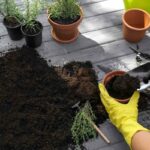Many products that kill clover also can kill the grass. To avoid killing the grass, you can pull out the clover, use a vinegar solution, use a different mowing setting, add nitrogen, or cover the clover in plastic.
There are many different ways to kill clover while leaving your grass intact!
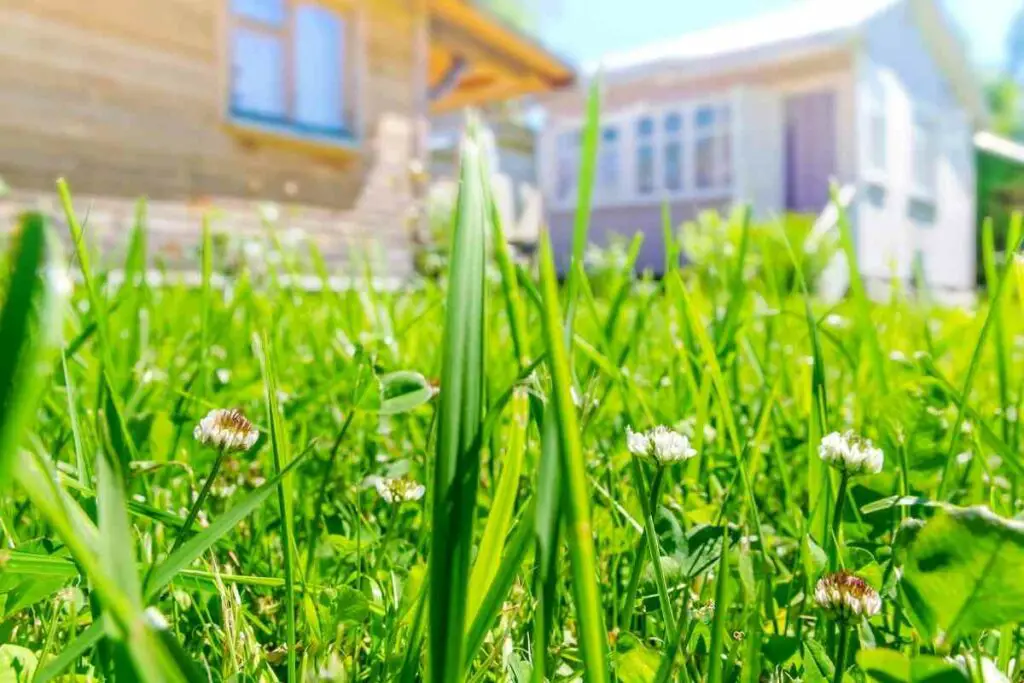
Clover can be frustrating, but using the following methods will make it much easier for you.
Table of Contents
Why Is Clover Hard To Kill?
Clover has an intense root system, making it difficult to remove it from your yard altogether.
Clovers usually have three primary leaves and sprout light pink or white flowers. However, many treatments for clover also kill the grass.
You’ll need to kill the clover in a way that doesn’t harm the grass. Since both are green, it can be tough to distinguish between them.
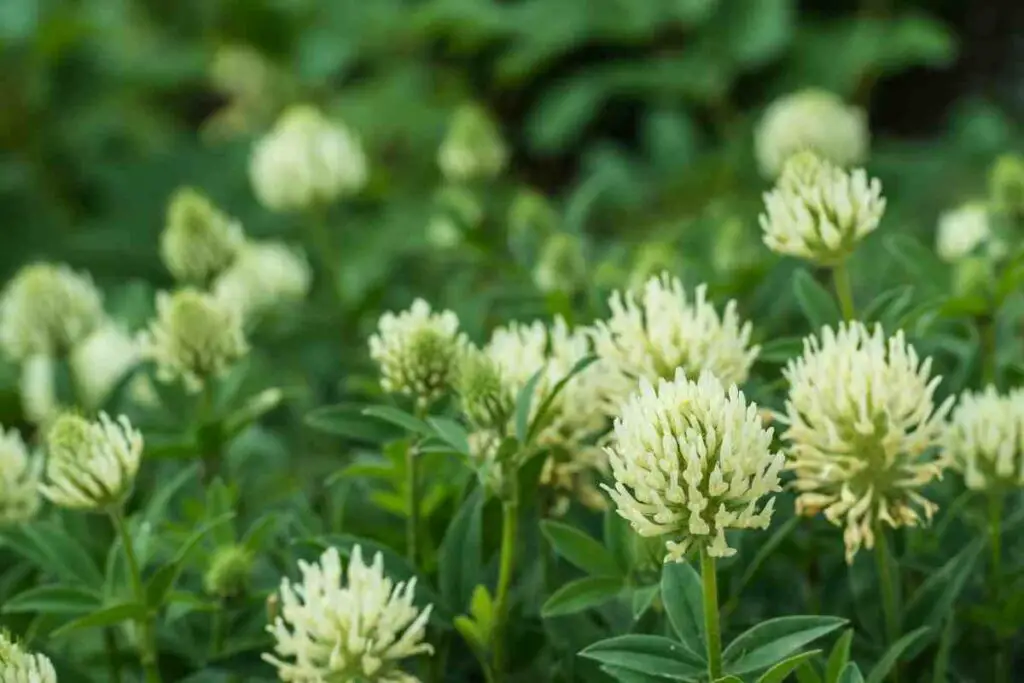
Selective herbicides are an option, but there’s always the chance they harm your grass too!
You’ll want to start with the below options, then try an herbicide if they don’t work for you.
Overall – You’ll need to stay consistent with your clover control! The root system is deep and complex, making it harder to tell if you’ve removed all of it.
How Can I Kill Clover and Not Grass?
There are plenty of ways to kill clover while not touching the grass.
Clover is technically a weed, making it hard to deal with!
You’ll want to make sure to remove all of the plants- even a tiny piece of root left behind can cause the clover to regrow.
Luckily, you don’t have to destroy the rest of your yard to get the clover under control! Here’s what you can try.
Pull Out the Clover
The most straightforward method is to rip out the clover.
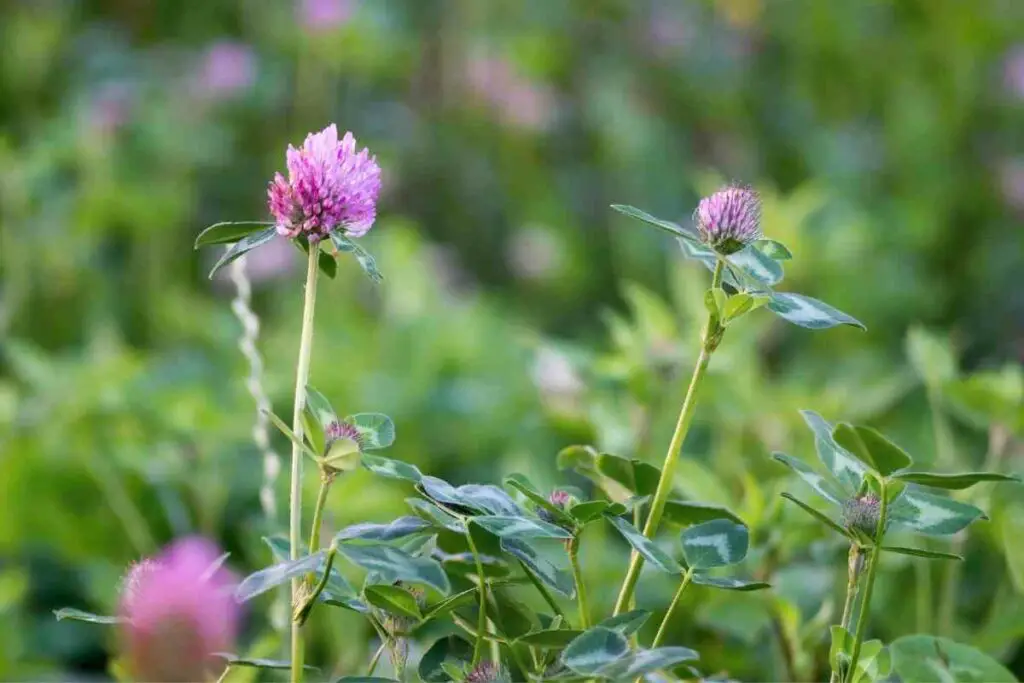
It does take a lot more effort, but it’s okay if there isn’t a lot of clover in your yard:
- Start by taking a spade and loosening the earth.
- Then, remove all the clover, checking that you’ve got the roots out.
- The roots must come out so that the clover doesn’t return in a week.
You won’t have to worry about accidentally killing your grass if you’re removing the weeds by hand.
However, you won’t want to do this if your yard is full of clover- it’ll be a lot of back-breaking work!
Add More Nitrogen to Your Yard
Clover grows in areas that have low levels of nitrogen.
If you add more nitrogen to your property, it should stop the plant from spreading.
Many fertilizers are rich in nitrogen! You also don’t need to apply it where there is no clover. The chances are that those areas are already more nitrogen-rich.

Fertilizers are also easy to find at many gardening stores.
However, you can order them online, too, if you need to.
Many people prefer organic fertilizers so the soil doesn’t absorb unnecessary chemicals.
Adding more nitrogen also works excellent as a preventive measure.
Key Takeaway: If there’s a lot of nitrogen in the soil, clover will never take root there! You may want to work on raising the nitrogen levels, so you never have to deal with clover again.
Apply a Vinegar Solution
You can also try applying a vinegar solution to the clover.
You’ll need to spray the clover with it for several weeks consistently, but it shouldn’t kill the grass!
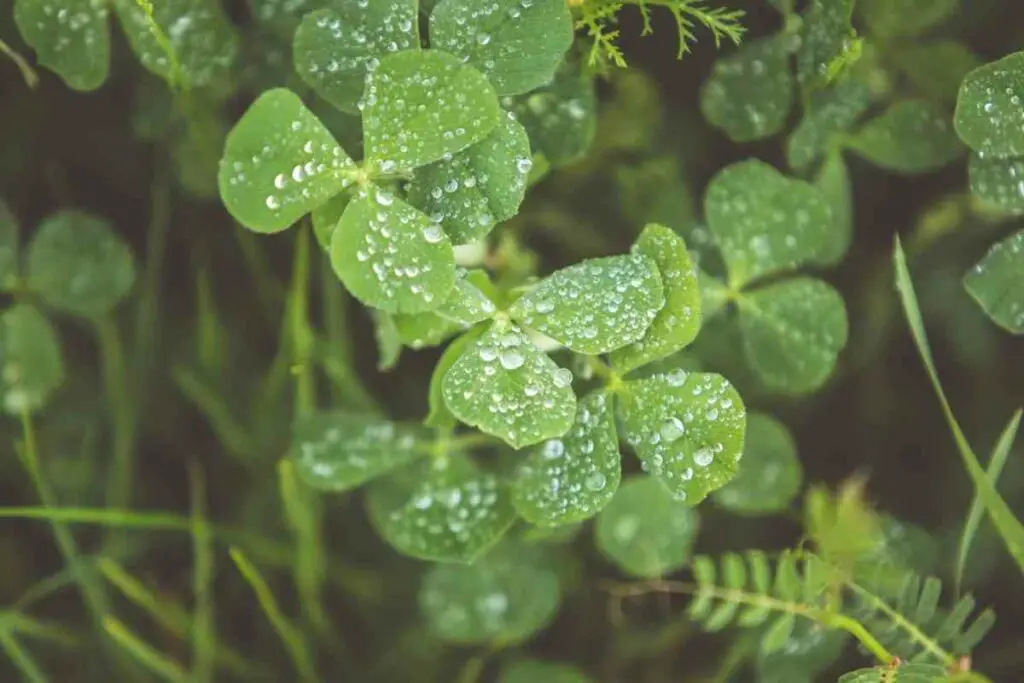
To make this solution, you’ll need:
- A spray bottle
- Dish soap
- Water
- Vinegar
Start by cleaning the spray bottle and adding a 1:1 water and white vinegar ratio to it. Then, add in one drop of dish soap and shake the bottle.
Spray the clover without spraying the grass as best as you can.
Since clover grows slightly higher than the grass, it should coat the clover first. Next, you’ll want to spray the clover often for several weeks.
The vinegar dries out the clover and kills the plant with time. As the clover leaves die, the rest of the plant slowly withers.
Heads Up! Don’t stop when the leaves die- you need to keep going to ensure the roots die!
Change Your Lawn Mower Settings
It also helps if you change your lawnmower height and mow your yard regularly.
Clover tends to grow where the grass is less than three inches high.
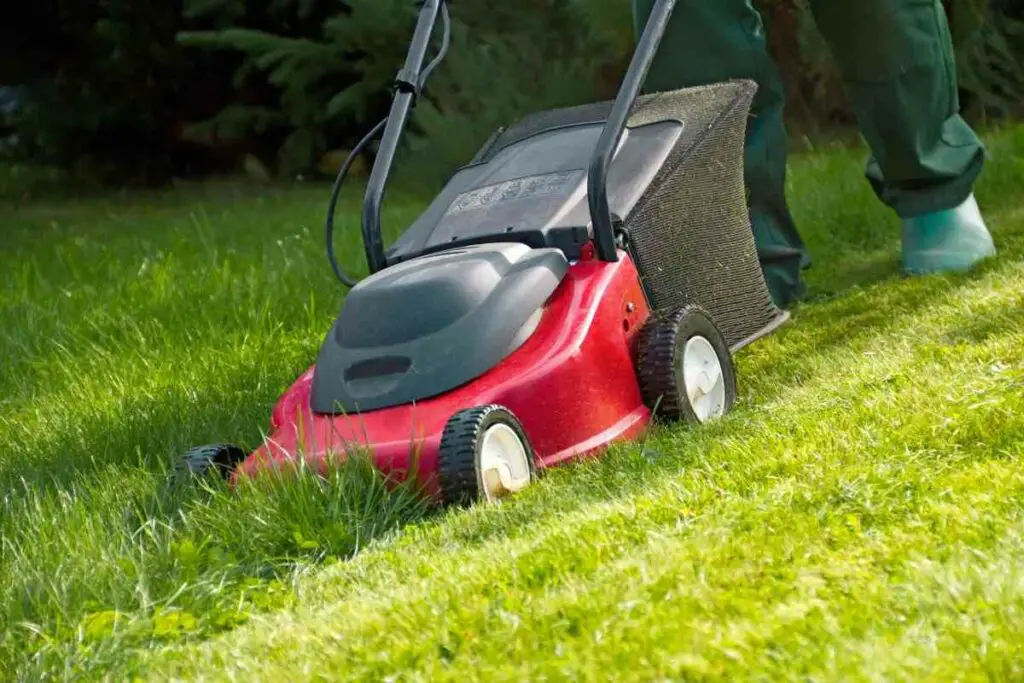
So, if you make sure you keep the mower’s height above three inches, it should remove only the clover!
Doing this often stops clover spread, although you’ll still want to try other methods to deal with the roots below the ground.
Overall, if you already mow regularly, this option shouldn’t change your routine. Since mowing doesn’t deal with the roots, you will see more clover sprout soon enough, though.
Cover the Clover in Plastic
Lastly, clover won’t survive if you don’t let it get oxygen and sun!
Place a plastic sheet over large clover patches, making sure to cover as much of it as possible. Then, set heavy objects on it to keep it in place.
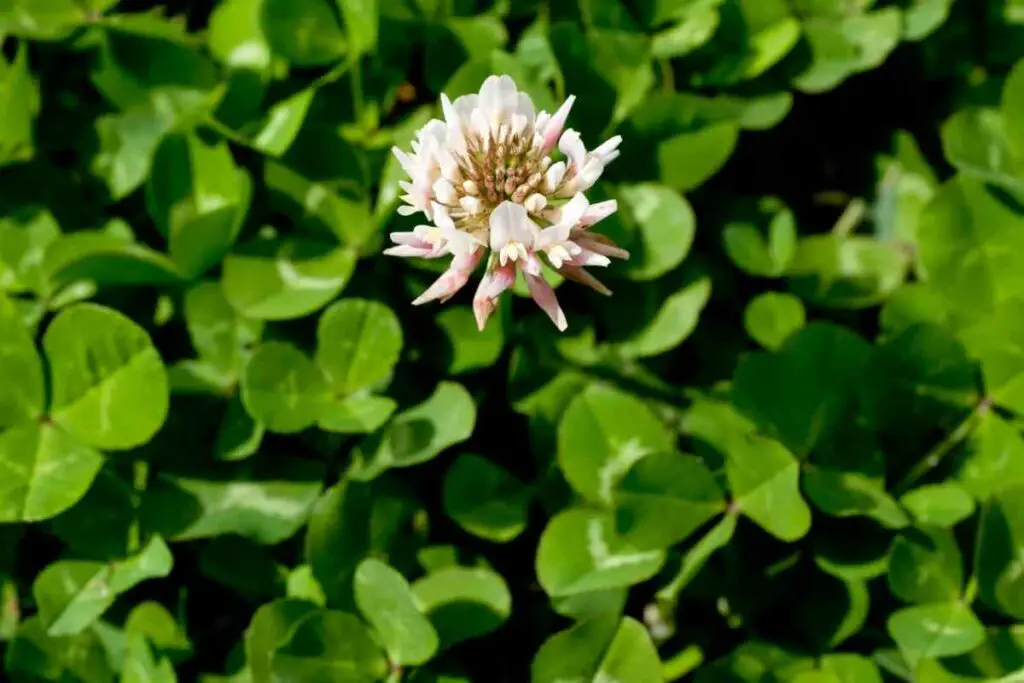
After a couple of weeks, remove the plastic. The clover should be dead! If not, you can leave it there for longer.
Once the clover dies, you’ll want to plant more grass seeds in the area.
This process is less likely to kill the grass, but it can still wither if you leave the plastic there too long.
You also won’t want to use this method for small amounts of clover.
Instead – Reserve it for when large patches of the weed take over your yard! Keep in mind that you might need to add more grass seed after.
Should I Kill Clover Plants?
You don’t always need to kill clover.
It helps reduce soil erosion and is excellent for the environment.

Clover even attracts bees, which is great for gardens! However, removing it is completely fine if you don’t want it on your property.
In short, whether or not you kill clover plants on your property is up to you.
This plant spreads quickly, so it won’t take long to cover your yard. Not every person wants this to happen.
In Case You Missed It
- How to Dry Basil Leaves: A Professional Guide
- Is an Avocado a Fruit or Vegetable? Simple Answer and Explanation
- Does Pineapple Have Seeds? Exploring the Anatomy of Pineapples
- Blooming Through Winter: Can I Grow Vegetables Indoors in the Winter?
- What Can You Grow in a Greenhouse All Year Round: A Guide to Year-Round Greenhouse Gardening
- Are Blueberries Blue? Debunking the Myth of Their Color












